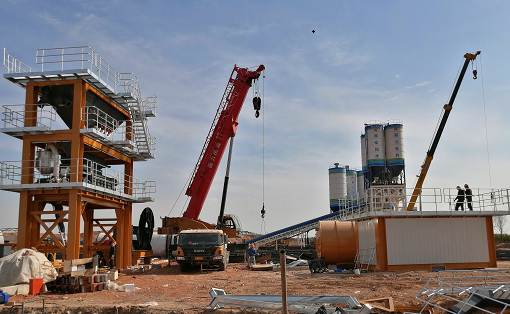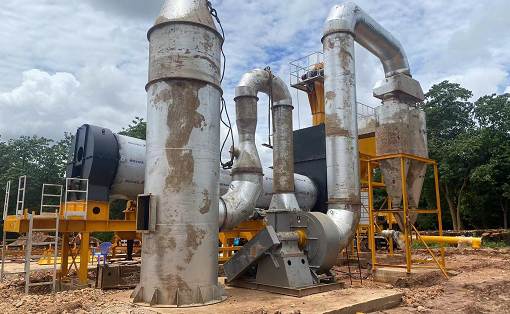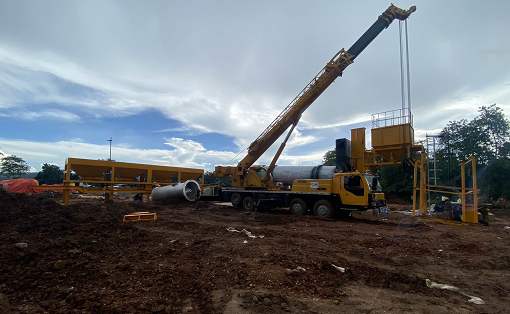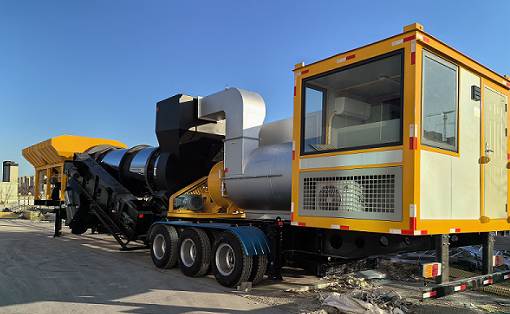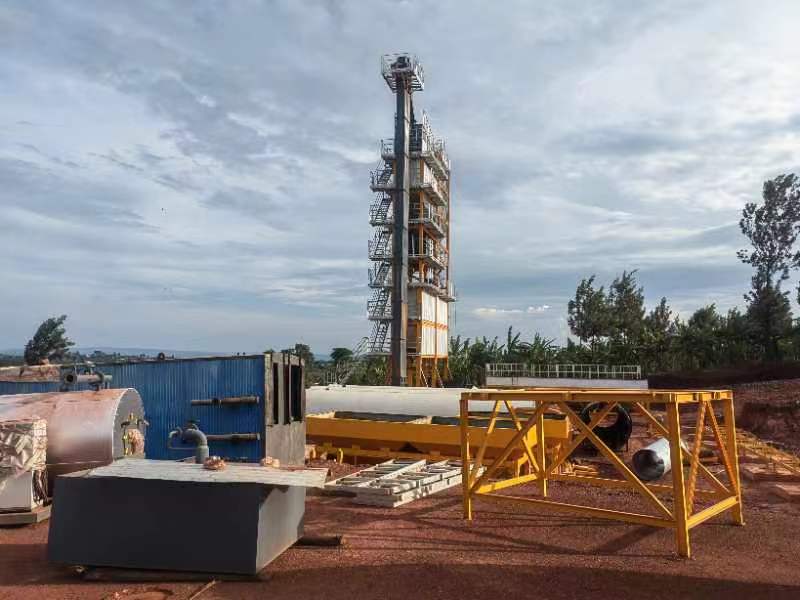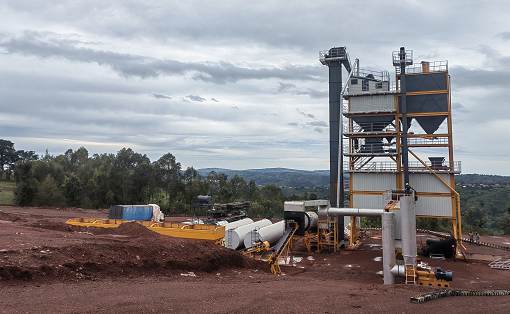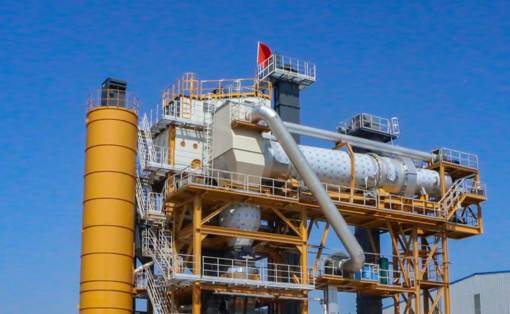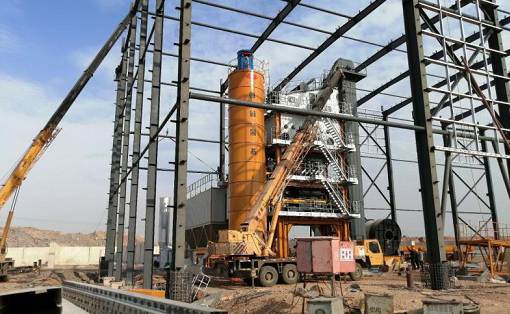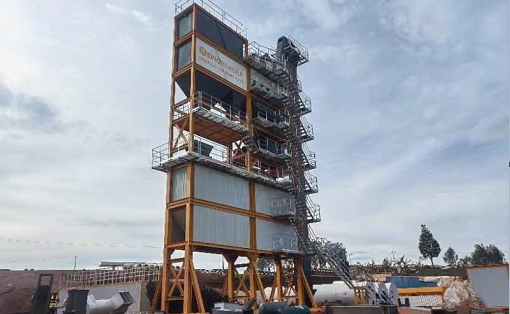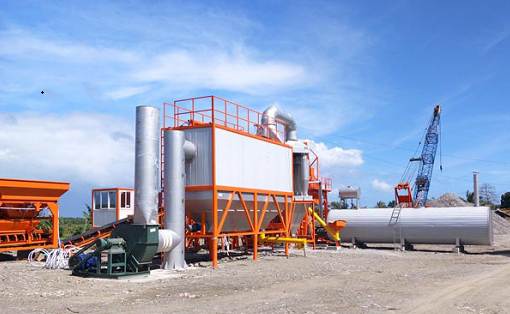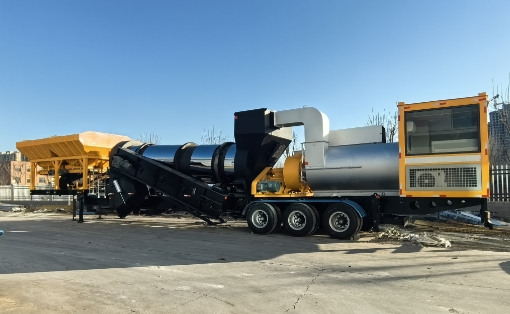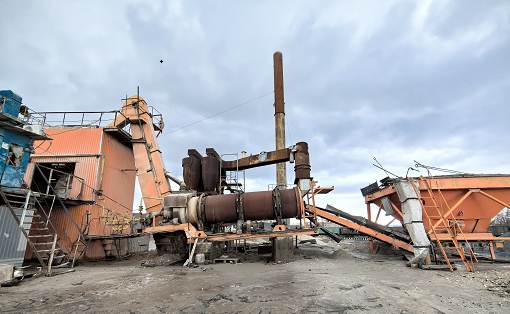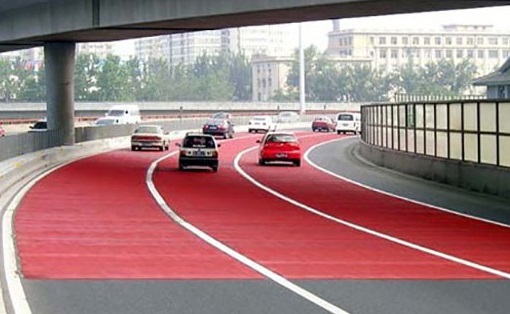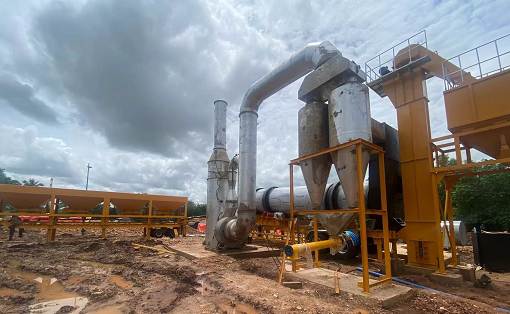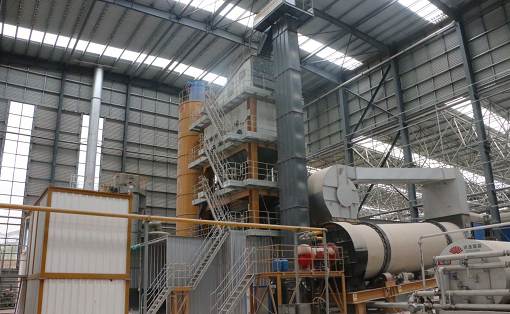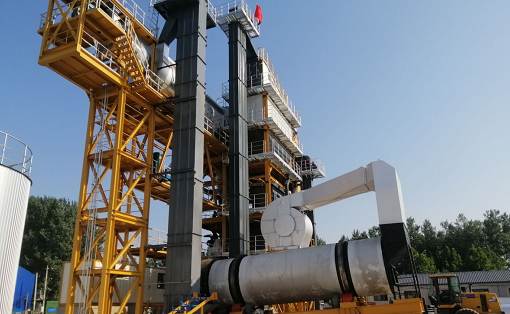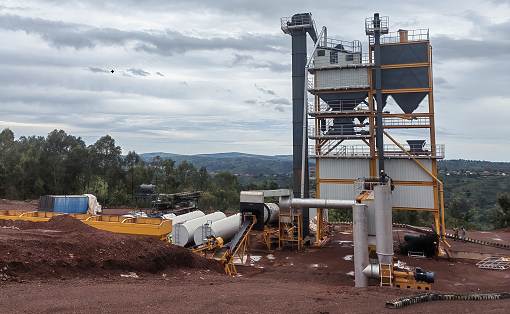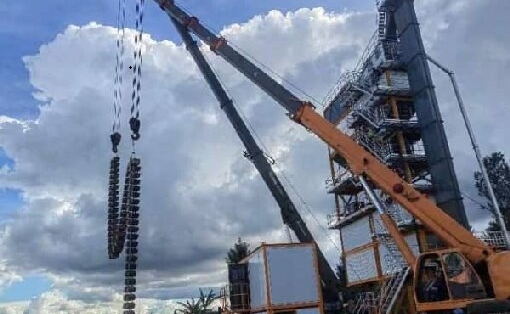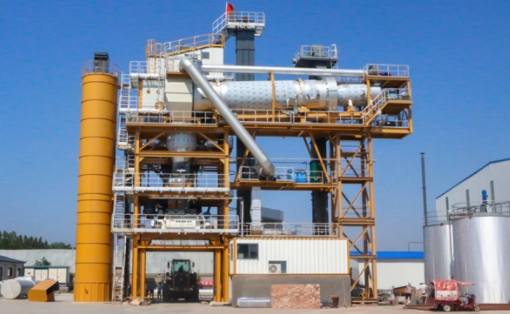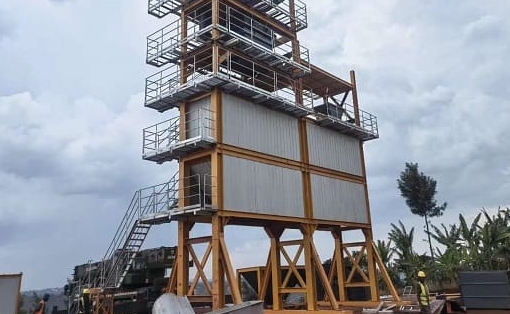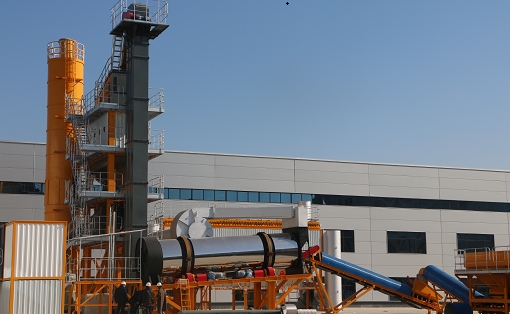Environmental conditions and functional requirements of asphalt mixing plants
With the strengthening of the trend of environmental protection and energy conservation, the environmental protection of asphalt mixing plants has gradually become the mainstream form of mixing plant development. What kind of equipment can be called an environmentally friendly asphalt mixing plant? What are the basic conditions that must be met?
First of all, as an environmentally friendly asphalt mixing plant, it must meet the requirement of using less energy consumption during use. That is to say, under the conditions of the same quantity and quality, less energy is consumed during the operation process, including various resources such as water and electricity.
Secondly, environmentally friendly asphalt mixing plants not only require less energy consumption, but also must achieve higher production efficiency, while also reducing carbon emissions in the entire production process, so as to meet the proposed low-carbon production requirements
With the strengthening of the trend of environmental protection and energy conservation, the environmental protection of asphalt mixing plants has gradually become the mainstream form of mixing plant development. What kind of equipment can be called an environmentally friendly asphalt mixing plant? What are the basic conditions that must be met?
First of all, as an environmentally friendly asphalt mixing plant, it must meet the requirement of using less energy consumption during use. That is to say, under the conditions of the same quantity and quality, less energy is consumed during the operation process, including various resources such as water and electricity.
Secondly, environmentally friendly asphalt mixing plants not only require less energy consumption, but also must achieve higher production efficiency, while also reducing carbon emissions in the entire production process, so as to meet the proposed low-carbon production requirements
In addition, only those that can effectively control the pollutants generated and reduce the direct damage to the environment caused by pollutants generated during the production process are qualified to be defined as environmentally friendly asphalt mixing plants. There are also requirements for the planning of its plant site, whether it is the production area or the conversion area of ??wastewater and waste gas, it must be reasonable.
Usually, environmentally friendly asphalt mixing plants, like ordinary asphalt mixing plants, can also be divided into intermittent and continuous types. But no matter which form it is, it can mix and stir the dried and heated aggregates of different particle sizes, fillers and asphalt according to the designed mix ratio into a uniform mixture at the specified temperature.
Only a complete set of environmentally friendly asphalt mixing plants that meet these environmental conditions and functional requirements can be widely used in some engineering construction such as high-grade highways, urban roads, airports, docks, parking lots, etc., and ensure the quality of asphalt pavement.

